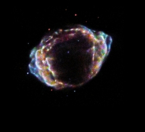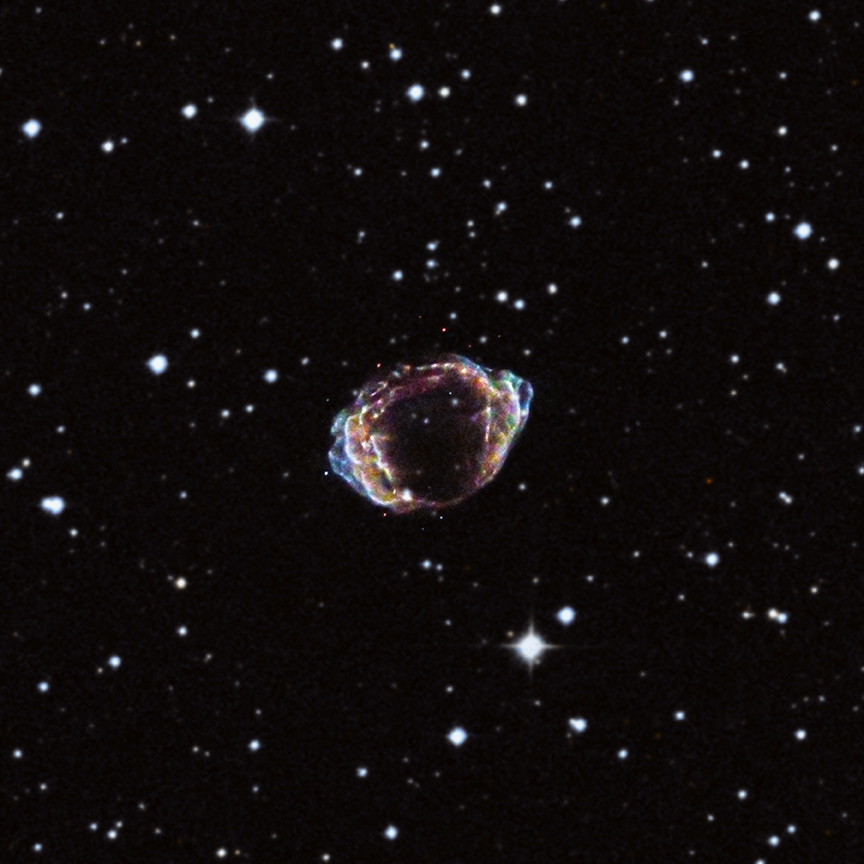shark0175 wrote: ↑Tue Apr 25, 2023 9:08 am
From what I've known, it's not possible to hide a supernova. A supernova is a powerful and intense astronomical event that can be seen from great distances. It is caused by the explosion of a massive star at the end of its life cycle, and it releases an enormous amount of energy and light into space.
Yes, it is possible to hide a supernova, at least in the Milky Way, at least from our point of view. We can't see the central parts of our galaxy with optical instruments, because they are hidden behind light-years of dust.
The supernova that was hidden exploded in 1985. Our ability to detect supernovas has improved by leaps and bounds since then.
Consider supernova 1987A. It was called "1987A" because it was the first supernova detected that year, in 1987. But it was detected on February 23, 1987. Not a single supernova had been detected in January and most February that year!

For comparison, 473 supernovas have been reported and confirmed in 2023, and another 4430 have been reported but not confirmed.
Ann
 How to Hide a Supernova
How to Hide a Supernova
